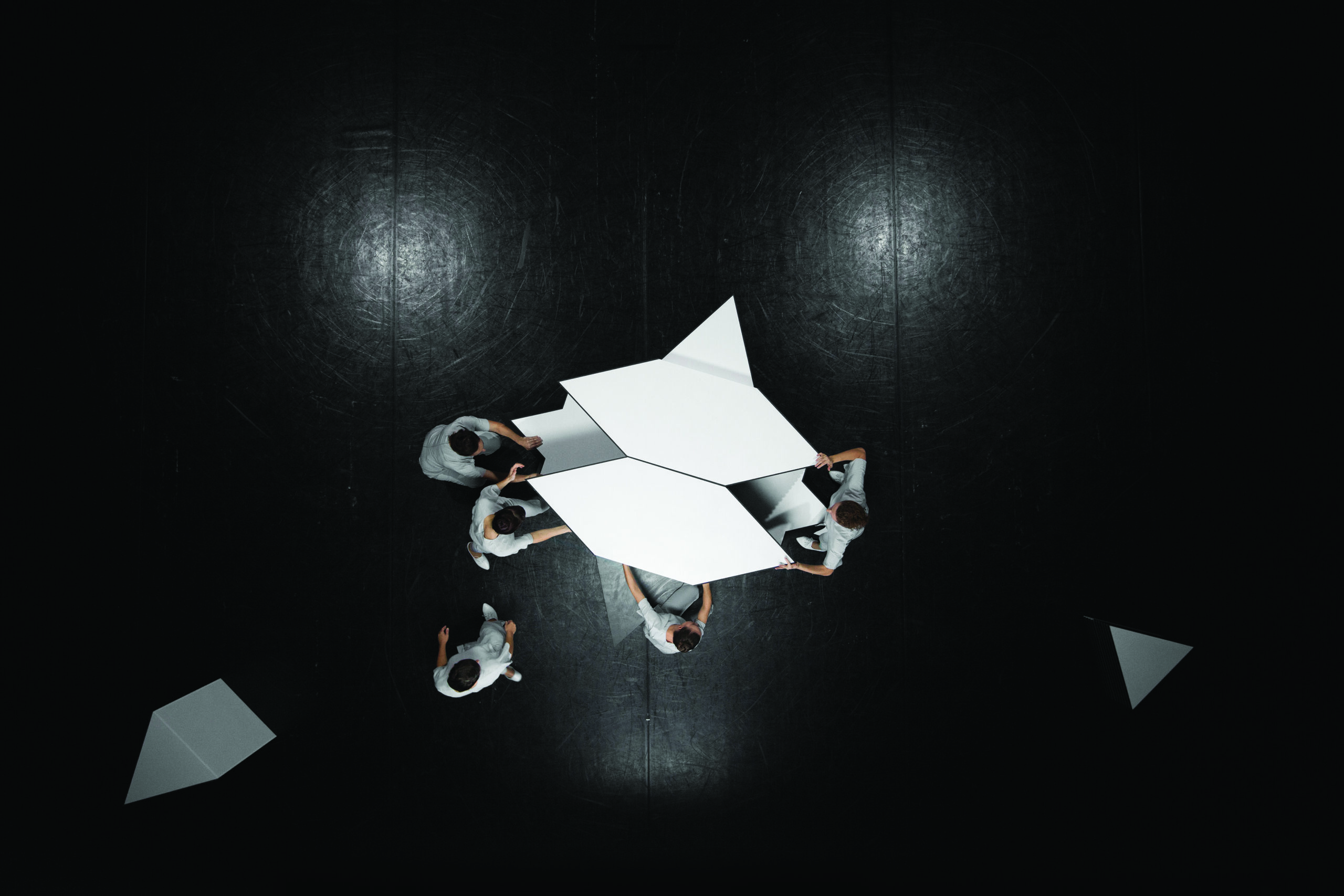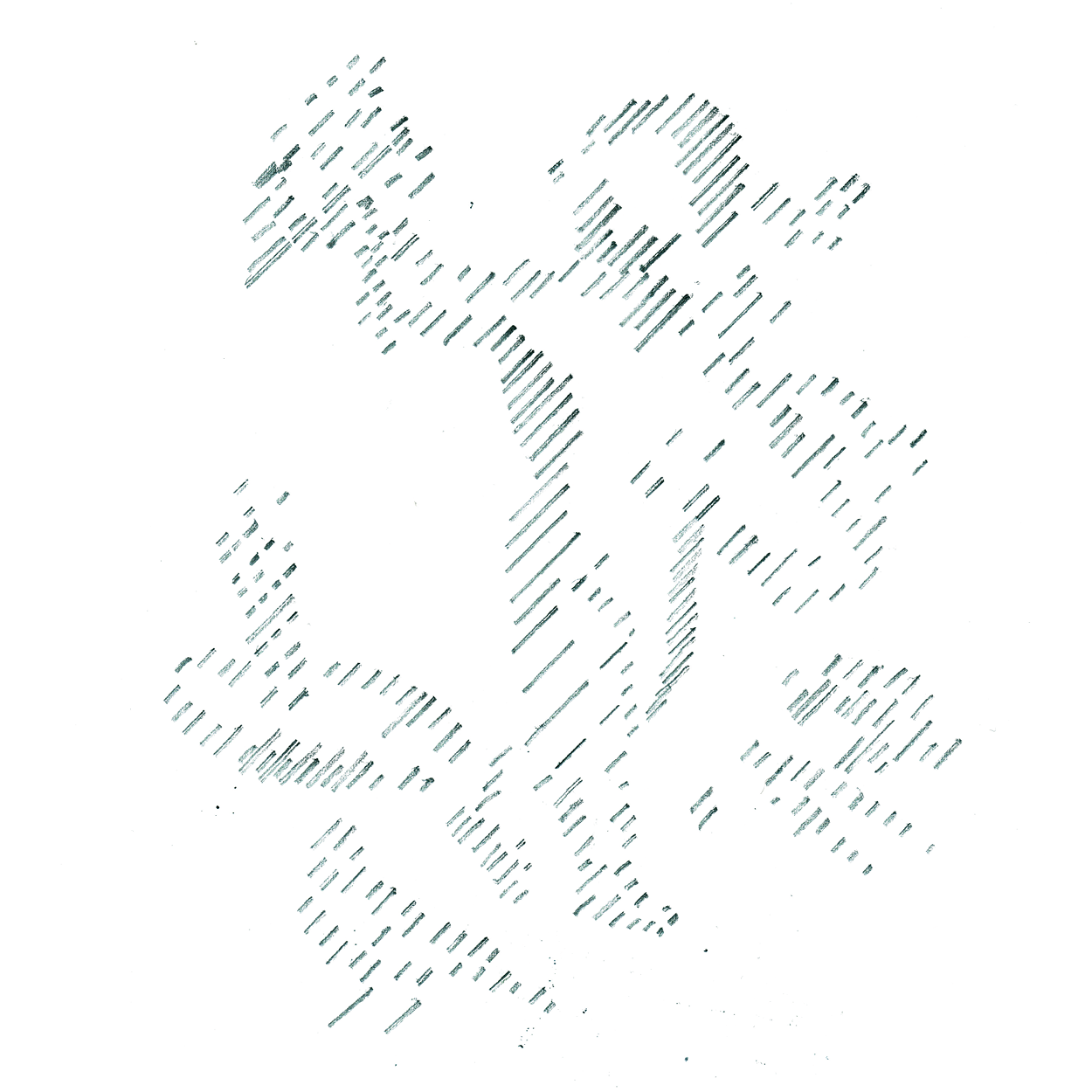INTERNATIONAL SOLOUDSTILLER 2017

International soloudstiller 2017
Jasmina Cibic
International soloudstiller 2017
Jasmina Cibic
Af Louise Skafte
”Med teatralsk gestus og taktisk rollespil, der bygger på et sprog fra adskillige ideologier, lykkes det Cibic på storartet vis at instruere magtens æstetik og retorikken af opbrud og ødelæggelse som et i sig selv afslørende politidrama.”
Sådan beskrev en dybt imponeret jury sidste år Jasmina Cibic og hendes værker. Cibic repræsenterer en ny generation af slovenske kunstnere, der beskæftiger sig med specifikke nationale, politiske og kulturelle udfordringer fra det postkommunistiske Europa. Cibic arbejder både med performance, installation, fotografi – i den senere tid især film.
På dette års Forårsudstilling viser Cibic med sin soloudstilling sit seneste projekt Nada: Act I, som er første del af en filmtrilogi. Trilogien Nada fungerer som en allegori over det historiske værk Den mirakuløse Mandarin – en pantomime ballet af den Ungarnske komponist Béla Bartók. Dette er historien om en prostitueret kvinde der, af en bande alfonser, tvinges til at lokke sine kunder til deres egen undergang. Stykket er skrevet i slutningen af Første Verdenskrig, og var genstand for en langvarig periode med censur. Stykket blev dog udført med stor succes i den jugoslaviske Pavilion Nations Day i 1958 Bruxelles EXPO. Til trods for at kun sparsom dokumentation fra forestillingen i 1958 har overlevet, er det denne gengivelse af balletten, der lægger til grund for Cibics undersøgelse.
Cibic sætter balletten i relation til forskellige arkitektoniske typologier, og undersøger de psykologiske mekanismer og strukturer der er indlejret i konstruktionen og opretholdelsen af national identitet. I Nada: Act I er det den jugoslaviske Pavillion af den kroatiske kunstner og arkitekt Vjenceslav Richter, der er omdrejningspunktet. Vjenceslav Richter tilskrives at have bidraget til at fremme de arkitektoniske idealer for det nye Jugoslavien efter anden verdenskrig. Cibic undersøger hvilken rolle æstetik spiller i fremstillingen af et politisk system, og drager paralleller mellem Vjenceslav Richters arkitektur og de metoder der benyttes i konstruktionen af Jugoslaviens nationalidentitet, hvor dunkelhed og skønhed er tæt forbundet.
Født i 1979 Ljubljana, Slovenien. Bor og arbejder i Ljubljana, Slovenien og London, England. Uddannet ved Accademia di Belle Arti di Venezia 2003, Venedig, Italien, 2003 og Master of Fine Art, Goldsmiths College London, London, England, 2006.


